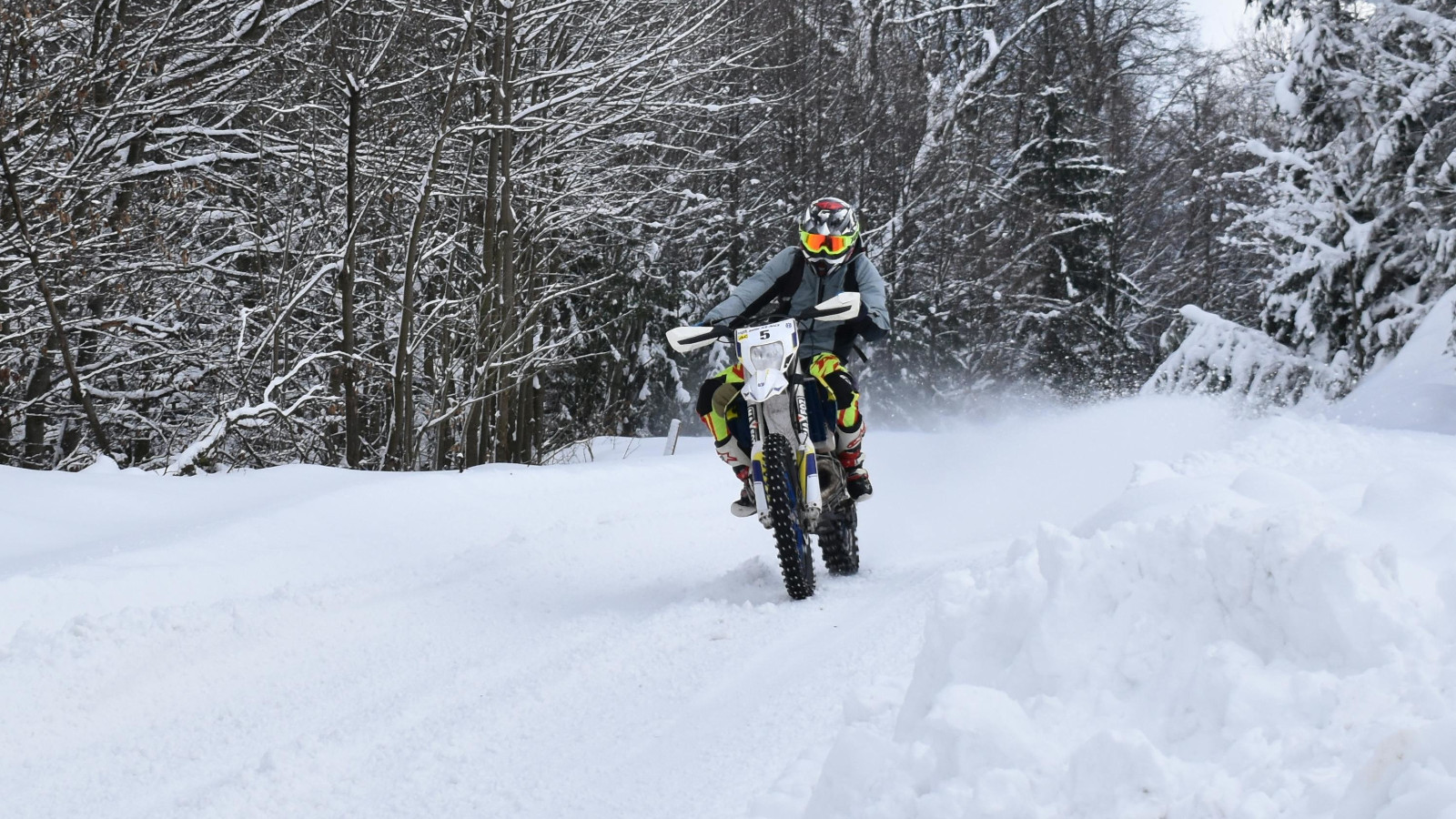Riding a motorcycle is an exhilarating experience, but when winter arrives with its icy winds and snow-covered roads, it presents a unique set of challenges for motorcyclists. While many riders store their bikes for the winter season, some brave souls choose to ride year-round. Riding in snow and icy conditions demands extra caution and preparation to ensure safety. In this article, we will provide essential tips and guidance on how to ride a motorcycle in snow and icy conditions without compromising your safety.
Choose the Right Motorcycle
Not all motorcycles are created equal when it comes to handling winter conditions. If you plan to ride in snow and ice regularly, consider investing in a bike designed for such conditions. Adventure bikes, touring bikes, and some dual-sport motorcycles often come equipped with features like heated grips, advanced suspension systems, and ABS brakes that can greatly improve your control in slippery conditions. Additionally, opting for a bike with a lower center of gravity can enhance stability.
Prepare Your Motorcycle
Before venturing out in snow and icy conditions, make sure your motorcycle is well-prepared:
a. Tires: Install winter-specific tires designed for enhanced traction in cold and slippery conditions. These tires have a different tread pattern and rubber compound that helps maintain grip on icy surfaces.
b. Tire Pressure: Adjust your tire pressure according to the manufacturer’s recommendations for cold weather riding, as cold temperatures can reduce tire pressure.
c. Heated Grips and Gear: Invest in heated grips and heated clothing, including gloves, jackets, and pants, to keep yourself warm and comfortable during your ride.
d. Lights and Visibility: Ensure that all your lights are functioning correctly, and consider adding auxiliary lights or reflective tape to enhance your visibility to other road users.
Riding Techniques
Riding in snow and icy conditions requires a different set of skills compared to dry roads:
a. Smooth Inputs: Be gentle with the throttle, brakes, and steering inputs to avoid sudden movements that could lead to loss of traction.
b. Increase Following Distance: Allow for extra stopping distance by maintaining a safe following distance from the vehicle in front of you.
c. Brake Control: Use both brakes judiciously but avoid locking up the wheels. Apply gentle, progressive pressure to the brakes to prevent skidding.
d. Use Engine Braking: Downshift and use engine braking to slow down whenever possible, reducing the reliance on your brakes.
e. Cornering: Approach corners with caution, reducing your speed before entering and maintaining a steady throttle throughout the turn.
f. Feather the Clutch: Feathering the clutch can help you modulate power to the rear wheel more effectively, preventing wheel spin.
Be Mindful of Road Conditions
Keep a close eye on road conditions and weather forecasts before your ride. Avoid riding during heavy snowfall or freezing rain, and be prepared to change your plans if conditions deteriorate. Be especially cautious on bridges and overpasses, as these areas tend to freeze first and thaw last.
Dress Appropriately
Wearing the right gear is crucial for staying warm and safe. Invest in high-quality, insulated riding gear, including a full-face helmet with an anti-fog visor, a windproof and waterproof jacket and pants, and thermal undergarments. Don’t forget to wear appropriate boots with non-slip soles to help you maintain control over your bike.
Practice in a Controlled Environment
If you’re new to riding in winter conditions, it’s a good idea to practice in a controlled environment like an empty parking lot before hitting the open road. This will allow you to get a feel for your motorcycle’s handling in slippery conditions and improve your confidence.
Riding a motorcycle in snow and icy conditions can be challenging, but with the right preparation, equipment, and techniques, it’s possible to do so safely. Always prioritize safety over bravado and know your limits. If conditions become too hazardous, it’s wise to park your bike and wait for safer weather. Riding in winter can be an adventure, but it’s essential to be well-prepared to enjoy it to the fullest.
Discover more from Wheels Craze - Automotive News, EV News, Car News, Bike News
Subscribe to get the latest posts to your email.


